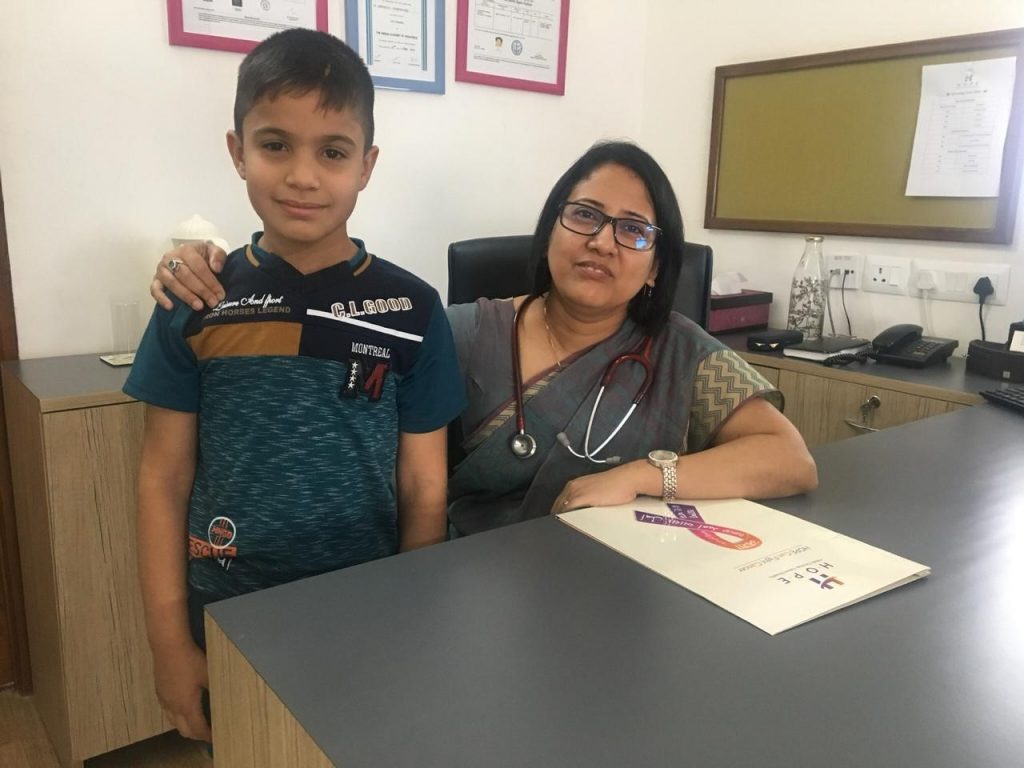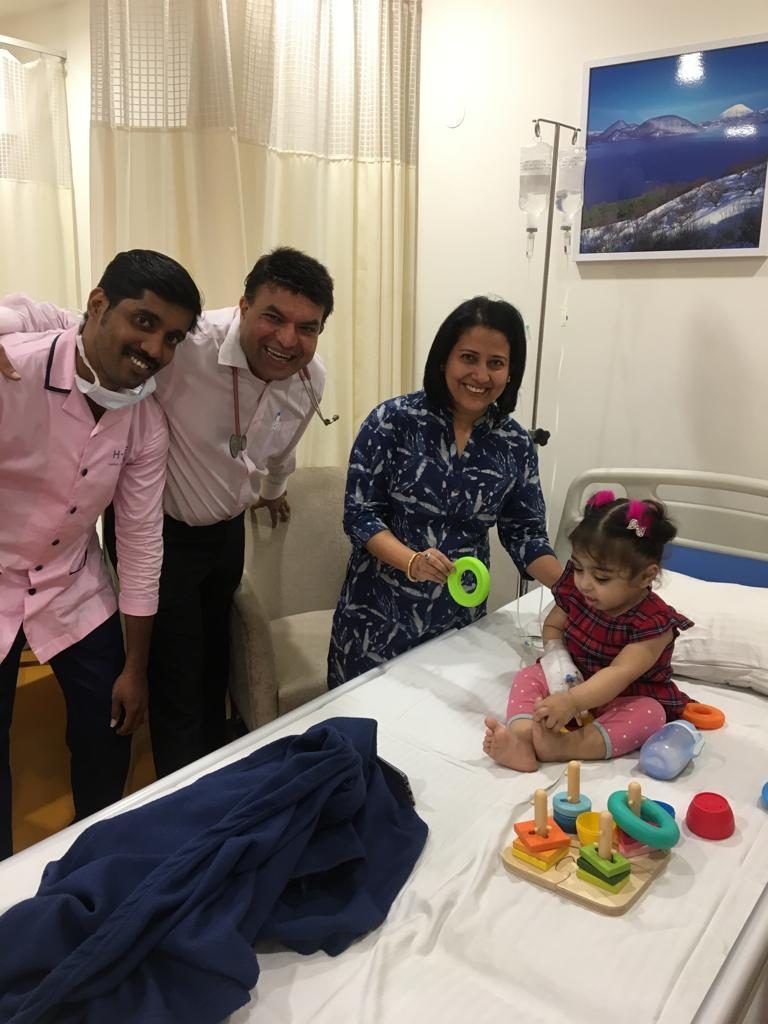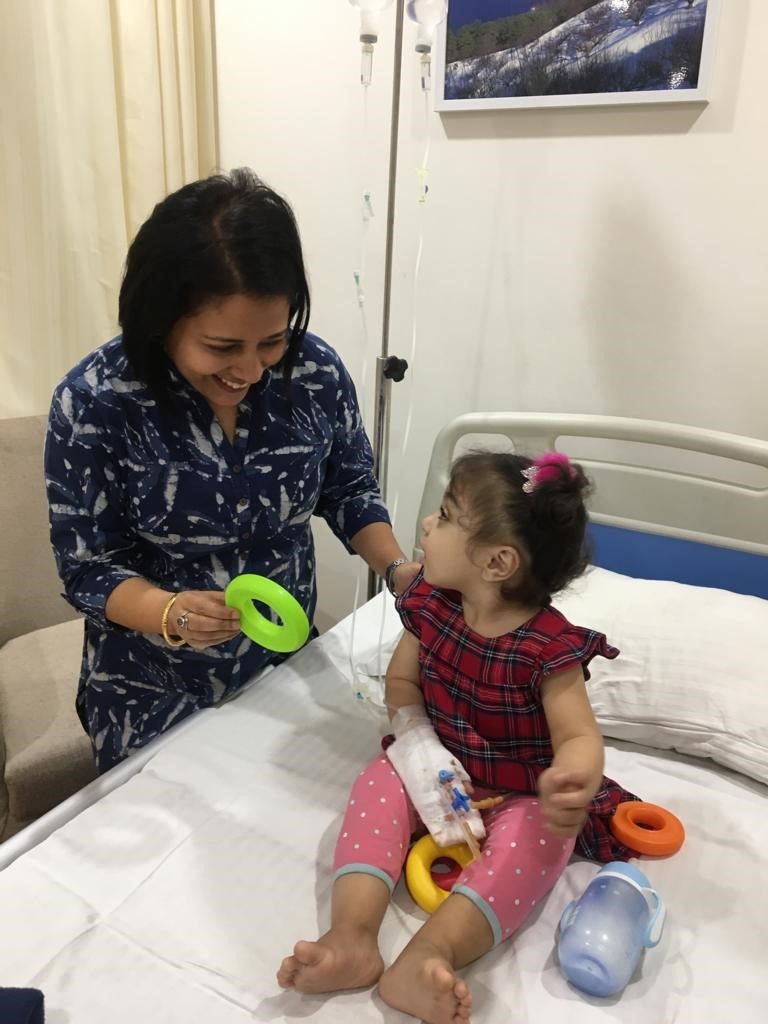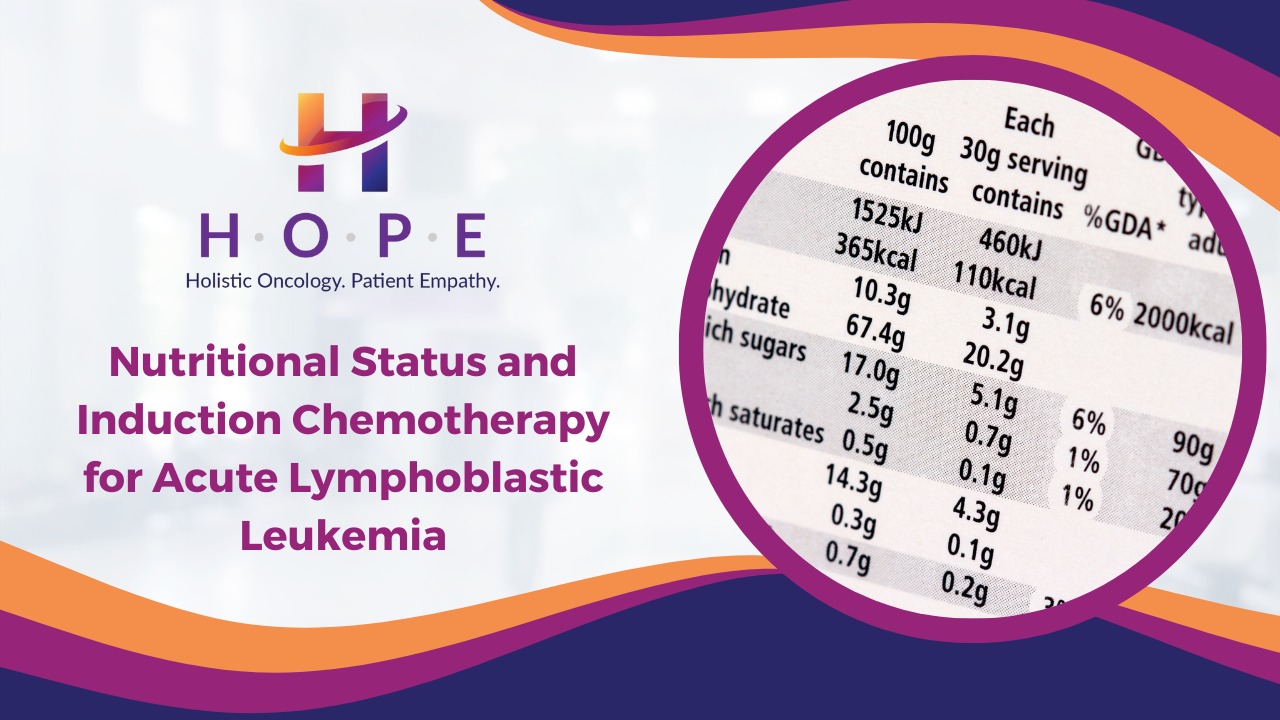Nutritional Status and Induction Chemotherapy for Acute Lymphoblastic Leukemia
By Dr. Nandini Hazarika
Hemato-Oncologist’s Perspective
There is a dramatic improvement in the 5-year survival rate for Acute Lymphoblastic Leukemia (ALL) in children, which is now more than 80% in developed countries. Similar outcomes have also been achieved in India, but only in few tertiary care centers. A lack of accurate country-wide epidemiological data makes the exact rate unknown [1,2]. As per the population-based cancer registry (PBCR) of Bengaluru and Chennai, the cure rate for leukemia is much lower in India. This can be due to multiple factors like limited access to adequate treatment, limited resources, delay in diagnosis, infections and underlying malnutrition. Deaths during initial phase of treatment is a major concern, and is one of the main obstacles to improve survival rates in children with ALL in developing countries. Most of these deaths are attributed to the infections and poor tolerance to the treatment. A much higher proportion of children in developing countries have malnutrition at the time of diagnosis of cancers than those from developing countries [3]. Moreover, the proportion of high-risk patients with advanced disease is more as compared to low-risk patients. Advanced cancer state leads to altered nutritional state with protein and micronutrient deficiency. The importance of nutrition in children with cancer is still an underestimated topic within pediatric oncology. It is recognized that diminished nutritional status may be a contributing factor for poor immune function, disturbed drug metabolism leading to drug toxicities, and adverse clinical outcome [4,5]. Altered nutritional and inflammatory status has been shown to correlate with increased risk of severe hematological toxicity following anticancer therapy [6].

There is a dramatic improvement in the 5-year survival rate for Acute Lymphoblastic Leukemia (ALL) in children, which is now more than 80% in developed countries. Similar outcomes have also been achieved in India, but only in few tertiary care centers. A lack of accurate country-wide epidemiological data makes the exact rate unknown [1,2]. As per the population-based cancer registry (PBCR) of Bengaluru and Chennai, the cure rate for leukemia is much lower in India. This can be due to multiple factors like limited access to adequate treatment, limited resources, delay in diagnosis, infections and underlying malnutrition. Deaths during initial phase of treatment is a major concern, and is one of the main obstacles to improve survival rates in children with ALL in developing countries. Most of these deaths are attributed to the infections and poor tolerance to the treatment. A much higher proportion of children in developing countries have malnutrition at the time of diagnosis of cancers than those from developing countries [3]. Moreover, the proportion of high-risk patients with advanced disease is more as compared to low-risk patients. Advanced cancer state leads to altered nutritional state with protein and micronutrient deficiency. The importance of nutrition in children with cancer is still an underestimated topic within pediatric oncology. It is recognized that diminished nutritional status may be a contributing factor for poor immune function, disturbed drug metabolism leading to drug toxicities, and adverse clinical outcome [4,5]. Altered nutritional and inflammatory status has been shown to correlate with increased risk of severe hematological toxicity following anticancer therapy [6].

Many studies from developed countries have evaluated the impact of malnutrition on prognosis and survival of children with ALL, and it is believed that malnutrition is a major factor in the survival of such patients. However, it is necessary to know whether same association also exists in developing countries, where the prevalence of malnutrition is high and deaths during initial phase of treatment is higher [7]. Orgel, et al. [8], in a cohort of 2008 children with high risk ALL, reported that extremes of weight (obesity and undernutrition) at diagnosis resulted in inferior event-free survival. An earlier study from India [9] showed a higher incidence of febrile neutropenia in undernourished children with ALL, and also reported an association of undernutrition and poor outcome.
In the current issue of Indian Pediatrics, Tandon, et al. [10] have reinforced the importance of identifying altered nutritional status in children with ALL. This study has shown an association of hypoalbuminemia, folate and vitamin B12 deficiency with increased toxicity leading to increased number of induction deaths. This study has also reported a progressive decline in folate levels during chemotherapy that highlights the need for therapeutic nutritional interventions.

The present study does not show any direct association of undernutrition and poor survival, which could be due to different methods of assessment of nutritional status. The standard parameters used in assessing nutritional status are often altered in pediatric oncology patients. Use of corticosteroid and hydration can mask the undernutrition, thereby negating weight as an accurate marker of nutritional status. Lack of clear definitive guidelines for assessing nutritional status of children with cancers makes it difficult to obtain an accurate prevalence of malnutrition in this population. Arm anthropometry has been reported to be a sensitive measure of nutritional status in children with cancer [11]. Besides, absolute parameters, it is also important to consider the alterations in body composition in children with cancer.
Adequate and appropriate nutritional assessment and intervention is necessary in children with ALL to improve their quality of life, diminish toxicity, and improve the survival rate [12]. More studies in children are needed to develop evidence-based therapeutic interventions for nutritional complications of cancer and its treatment.

